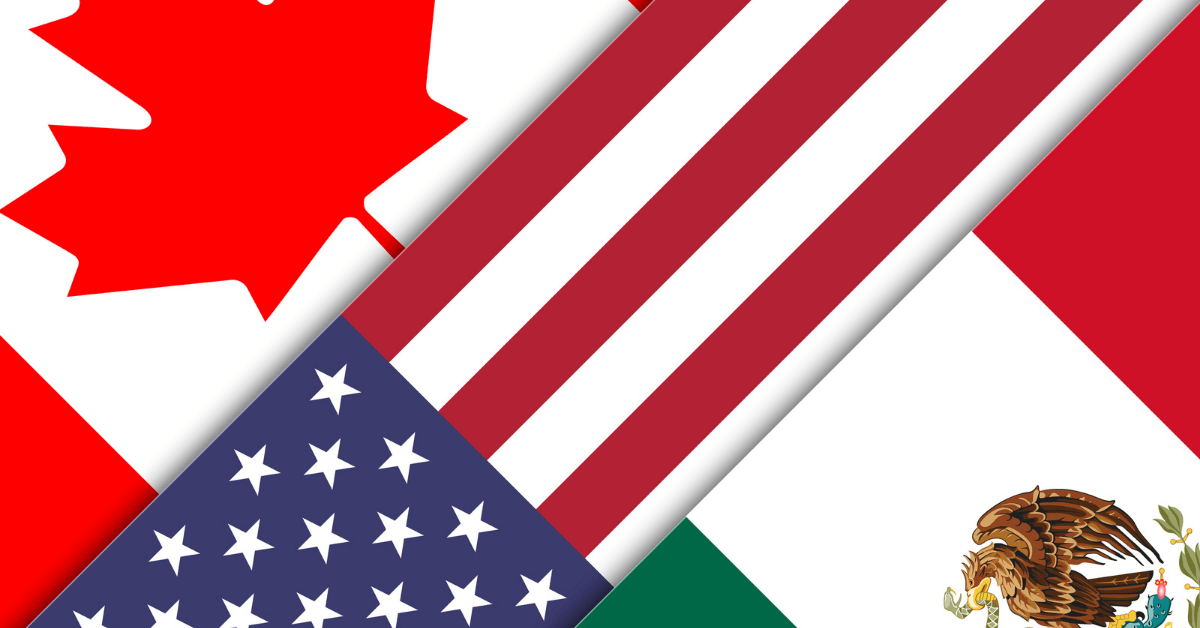The North American Free Trade Agreement (NAFTA) renegotiation process is quickly approaching the six-month mark, and yet specific critical components are still uncertain. President Trump – who described the agreement as “… the worst trade deal in the history of the country …” during his campaign – has moderated to a position potentially closer to modernization. Comments by Trump have cooled to the likes of “I may terminate NAFTA, I may not,” which is a welcome relief to many investors and corporations alike. Trade discussions have even been characterized recently as more optimistic.
As of January 29, key players from each nation – Canadian Foreign Minister Chrystia Freeland, Mexican Economy Minister Ildefonso Guajardo and U.S. Trade Representative Robert Lighthizer – have stated that even though they’re moving slowly, they’re now making good progress, moving toward closure on less contentious aspects of the agreement, such as the anti-corruption chapter. Many are concerned that the most disruptive points are still open. These include the rules of origin within the automotive industry; agriculture and dairy industry considerations; and a clause that would allow NAFTA to be eradicated without unilateral agreement to extend the pact every five years.
Anything dramatic that does not allow companies to adapt over time could be costly. The Wall Street Journal calls the U.S. pulling out of NAFTA a $50 billion mistake, and cites the domestic growth in jobs, revenue, R&D spending and more, in both large and small businesses across the U.S. These areas would all experience a negative impact upon a NAFTA dissolution. Through the collaborative efforts of the three nations working to enhance and modernize the 23-year-old agreement, periodic reviews versus termination clauses can be considered, re-evaluating the way automobiles and auto part values are established. Some, like Lighthizer, want major breakthroughs before the next meeting in Mexico City later this month, while others are wary of moving too quickly and incurring unintended consequences. There must be a balance struck between the speed of a deal and enough care to ensure a successful revamp. To drive growth and investment both globally and in the U.S., new technologies, a new world energy balance and a need for trade stability must be considered.
Although the talks are scheduled to end before the Mexican presidential election in July, officials are suggesting the deadline could be extended past the current timing of March. Flexibility, creativity and cooperation will be required to get a deal done in any reasonable amount of time, but there may still be changes that U.S. corporations, investors and companies operating in the U.S., Canada and Mexico region will have to manage. Many are already in motion on efforts to mitigate risk and optimize their position. At a minimum, a closer look and thorough evaluation of possible impacts to each business is imperative. A thoughtful study of NAFTA and the readiness to enact specific changes and strategy shifts should be under way, starting with questions like these:
- What are the likely effects on the automotive supply chain, and who will feel the greatest impact?
- How much exposure do you have based on operations, suppliers and customers in affected regions?
- How does your current manufacturing footprint compare with competitors?
- What are the areas of risk based on your footprint, and your supplier and customer profiles?
- What mitigation strategies should be considered? Some examples include: a shift in production; final assembly; current process and equipment versus investment in automation; customer diversification and partnership; or M&A opportunities.
- What impact might this have on the regional workforce (e.g., resource availability and labor rates)?
- What advantages can you currently highlight in the short term that may provide a competitive edge?
- How much local production is available for your product and/or service in the country of manufacture, giving you the opportunity to alleviate import/export exposure?
FrontierView has all the information you need about your market, industry, and company in real-time to power your business decisions. We offer a solution that puts the right information at the right time, at your fingertips. If you would like more insights into your specific markets, click the “Start Free Trial” button on your screen to speak with a dedicated Client Services Manager and receive complimentary access to our offering.

